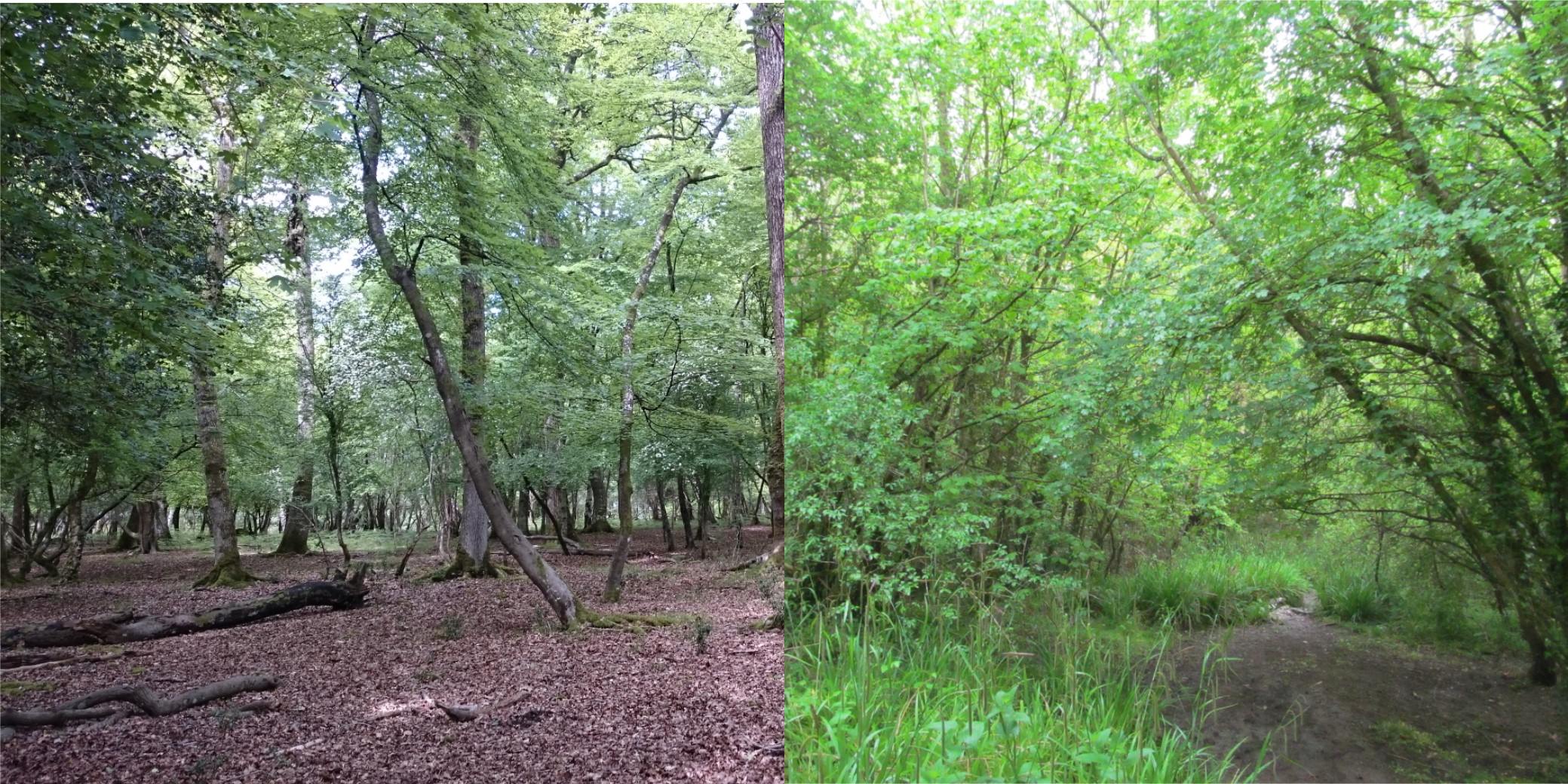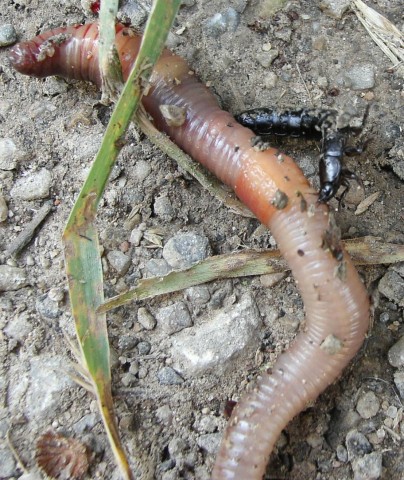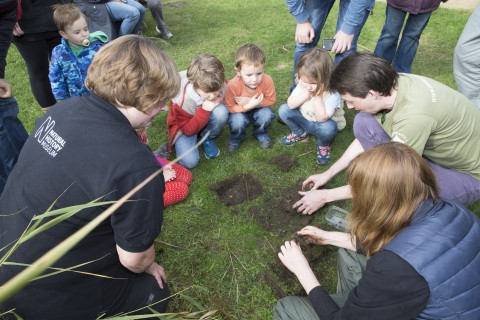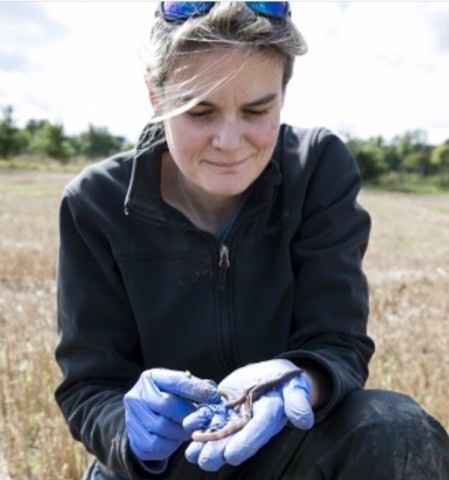Days are shortening, the temperature is dropping and there are leaves on the line – autumn is here! The changing colour and fall of leaves is characteristic of autumn in temperate climates and this provides a glut of food for animals that feed on dead leaves – including earthworms. However not all leaves are equally nutritious for earthworms and many experiments on which earthworms prefer have been carried out, starting with Charles Darwin.
Why do trees drop their leaves anyway? Plants differ from animals and fungi in that most can make their own food from light, carbon dioxide and water. This photosynthesis occurs mostly in leaves and the green pigment chlorophyll is essential for the process. Leaves are also responsible for gas and water exchange through tiny pores called stomata. During winter, days are too short to produce enough food to be worth the loss of moisture so one strategy is to drop them – a process called abscission. Alternatively, evergreen trees such as holly and most conifers have leaves with thick waxy coatings which protect against drying.
Chlorophyll is valuable so trees withdraw it from their leaves rather than waste it. This reveals the familiar autumn colours produced by pigments called flavonoids, carotenoids and anthocyanins – the same chemicals responsible for the bright colours of carrots, egg yolk and many fruits. These chemicals are often unpalatable to herbivores and while the leaves are alive protect them from being eaten. You will probably be familiar with one of these protective chemicals – the tannins that give coffee, tea and red wine an astringent taste and brown stain. Some species of trees have more tannins than others and this makes a big difference to how palatable they are to earthworms. It takes half a year for beech or oak leaf litter to lose their tannins and decay enough for earthworms to feed on them but ash leaves have a very low tannin content and can be fed on by earthworms straight away.
This difference in leaf palatability is very obvious from the deep layer of leaf litter that accumulates in a beech or oak woodland, in contrast, in a mostly ash woodland most leaves are eaten by earthworms before spring. Earthworms’ appetite for leaves can cause problems in North America where they have accidentally been introduced and remove the leaf litter that supports native plants and animals but in the UK they are important for recycling dead leaves back into nutrients that trees can take up again. Leaving leaves can increase the amount of earthworms and other decomposers in your garden, if you can't leave them in-situ e.g. on a lawn, rake them up and put them in your compost bin or make a leaf pile. Our website has more information on conservation activities you can try in your garden.
Autumn is an excellent time to find earthworms in your gardens, allotments and green spaces so if you haven’t had a chance to take part in Earthworm Watch please sign up, if you have completed the survey but have not sent in your results, please submit here. Earthworm Watch has been developed by Earthwatch (Europe), and the Natural History Museum, London, in association with the Earthworm Society of Britain





